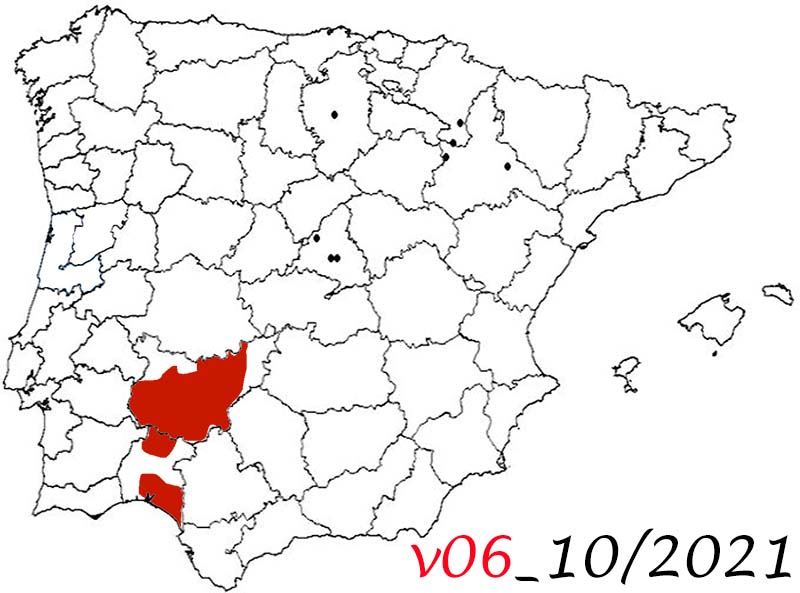


6. Travel through the Southwest of Spain
6. Travel through the Southwest of Spain
October 15 to 18, 2021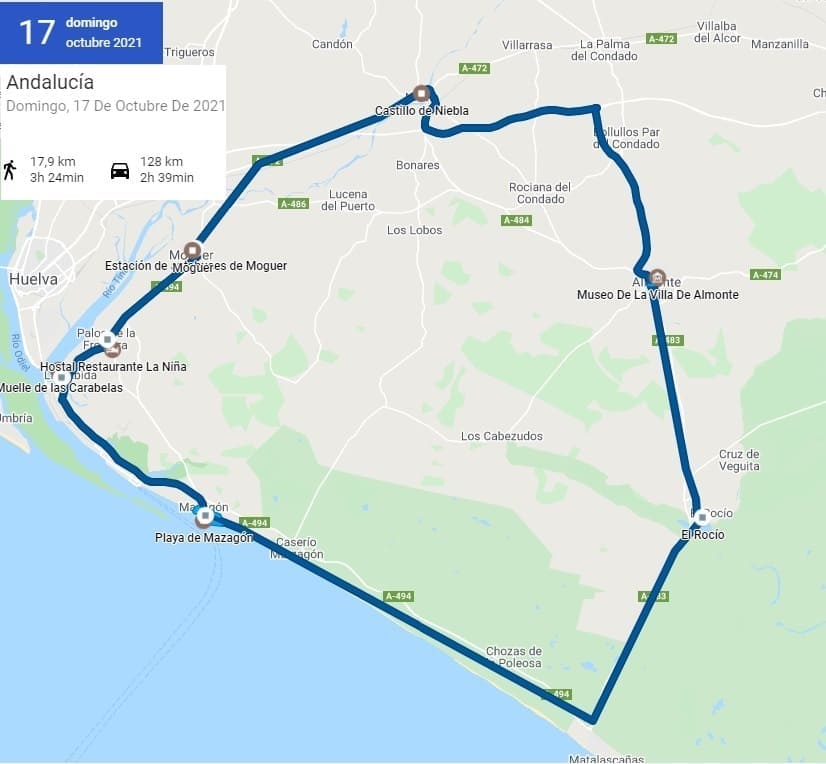


101. Palos de la Frontera
101. Palos de la Frontera
In the morning I went to visit the center of Palos de la Frontera, where a popular race was being held. This town is known throughout the world for being the place from where the sailors under the command of Christopher Columbus would depart to explore the unknown ocean and find a shorter route to the East Indies, thus discovering America.
I would first see Plaza de España where the police station is located. There I would report the theft of my car hubcaps the night before.
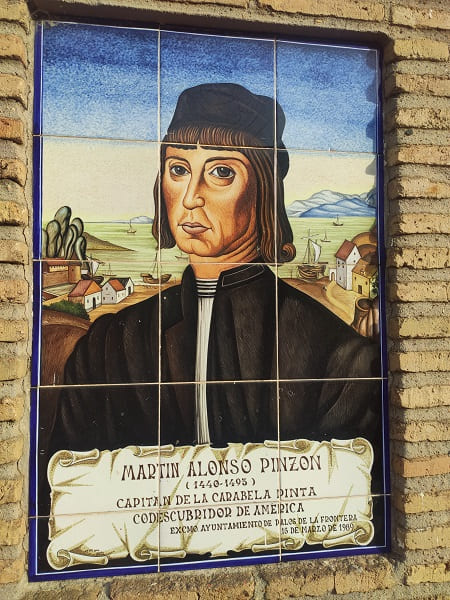
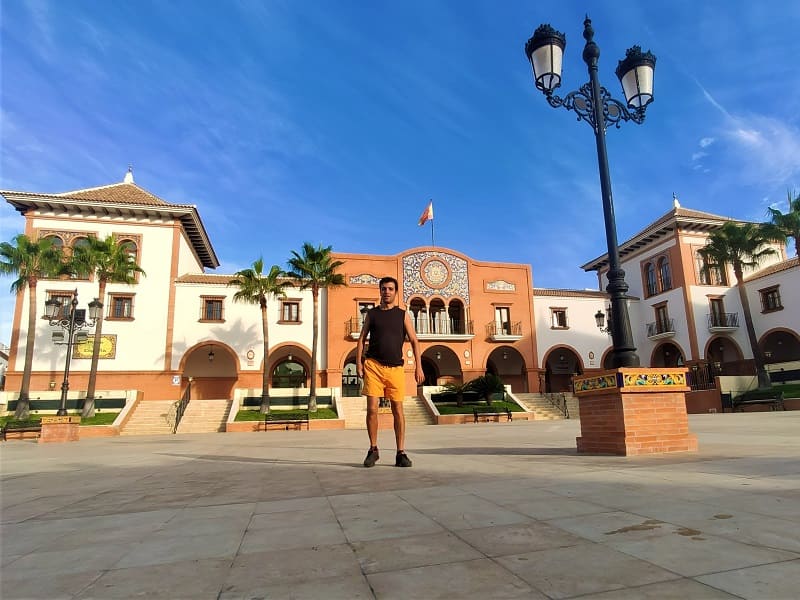
Then I would continue where the town hall would find me in the Plaza Comandante Franco (the brother of the dictator Francisco Franco). In it, together with that of Spain and the town hall, you can see the typical decoration of the area with local tiles. Afterwards, I would visit the church of San Jorge which, despite appearing from the outside to have nothing extraordinary, being in the 15th century Mudejar style, contains a great treasure inside. And it is that frescoes of Santiago el Mayor from the battle of Clavijo and the coronation of the Virgin are perfectly preserved, as well as an alabaster carving of the virgin from the 12th century.
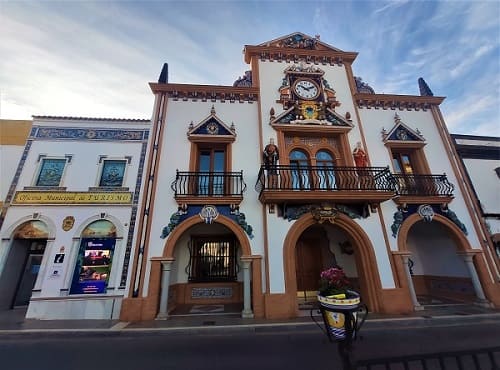
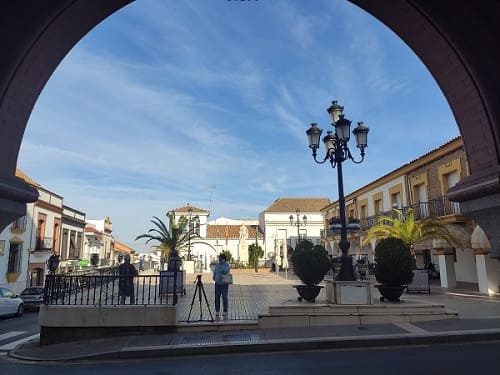
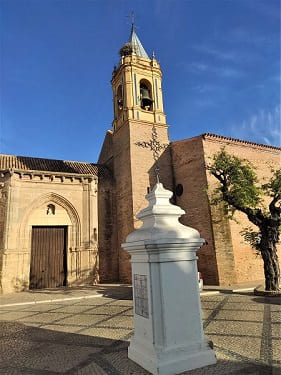
Then he would visit the monument to the Discoverers and go inside the monastery of La Rábida where Columbus would spend days before traveling to America.
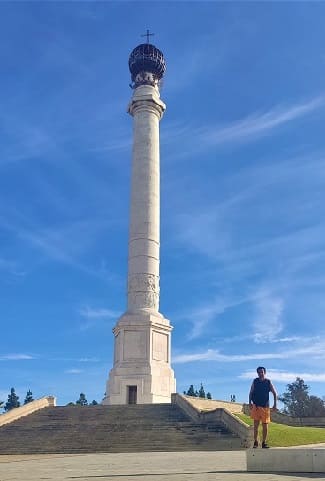
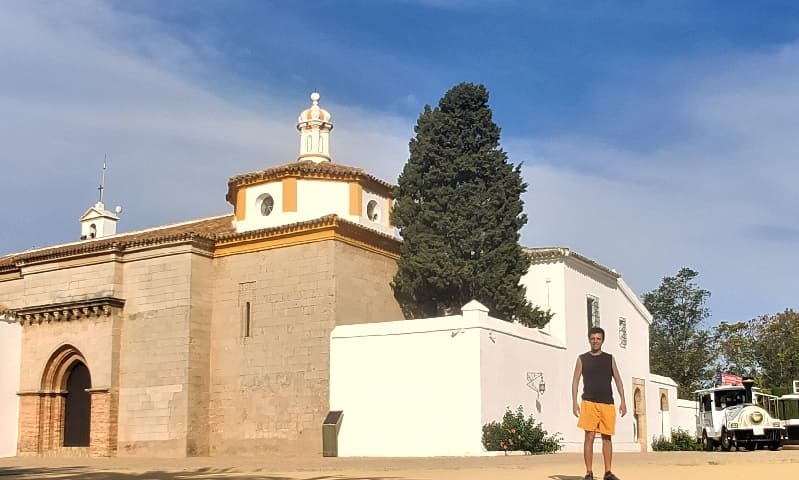
There he would recruit a good part of the crew, including many young sailors from Palos. Here you can learn everything related to their travels and see artifacts that they brought, as well as a replica of each caravel that is in a museum inside.
The beautiful church with a chapel with fully preserved frescoes and many valuable paintings. The ceiling is covered by a Mudejar polychrome wood coffered ceiling from the 19th century. In it is the Virgen de los Milagros, a 14th century carving of albrastro and Mannerist style.
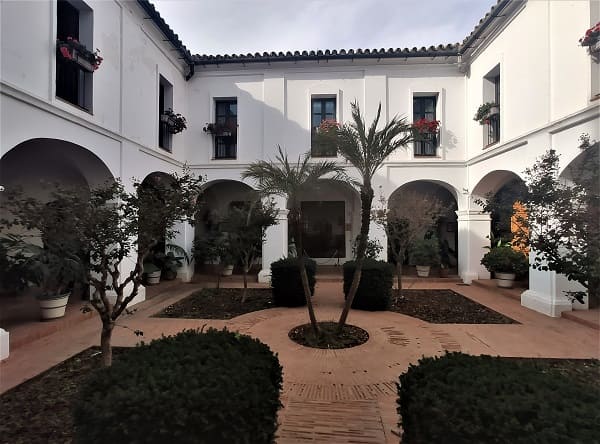
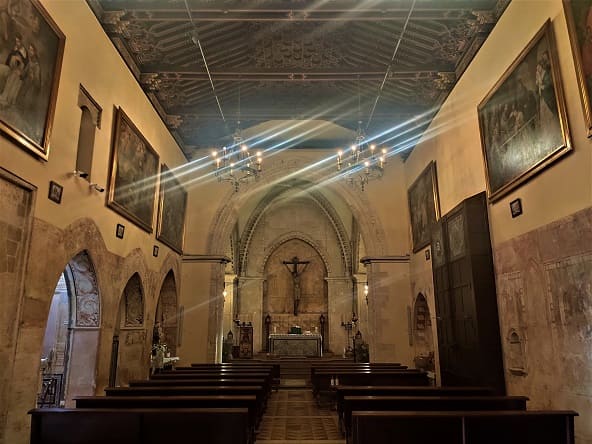
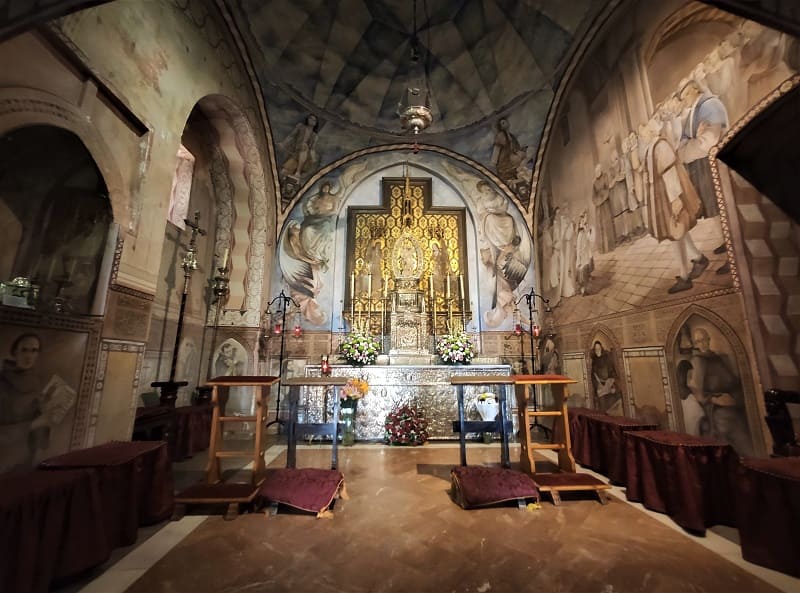
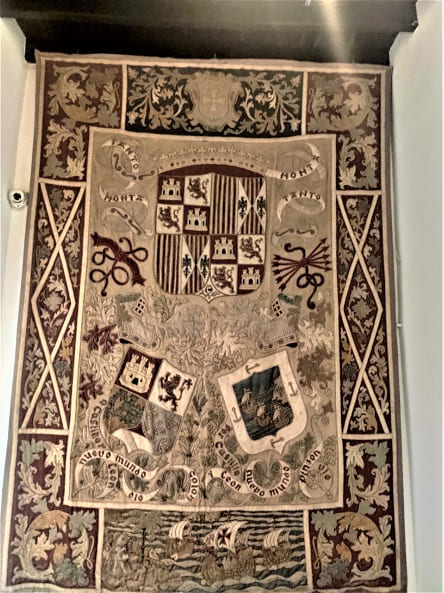
Another of the most important elements of the monastery is its cloister, dating from the 15th century and which would be enlarged two centuries later. Some pieces of the original decoration, painted in fresco, are still preserved on its floor. The original staircase of the cloister stands out.
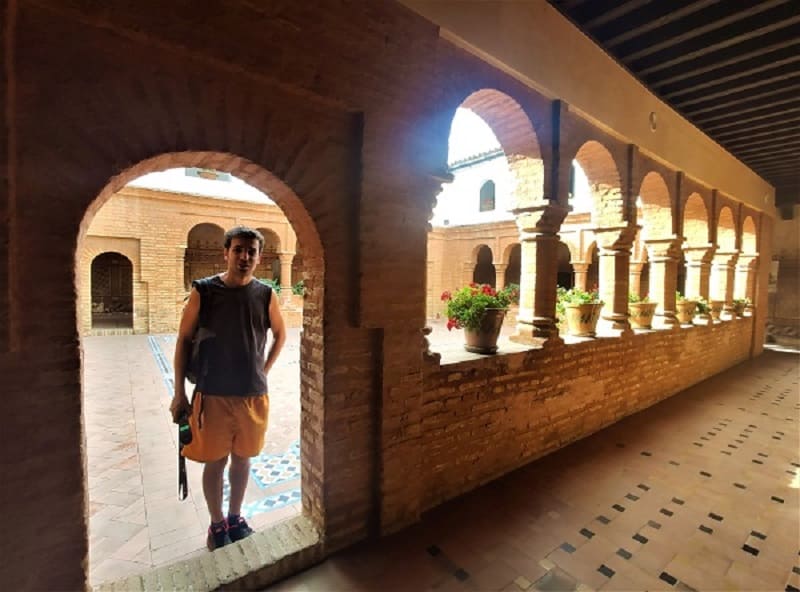
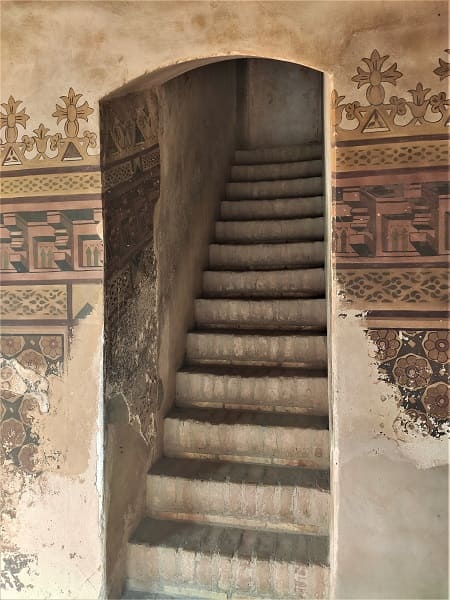
On the sides of the cloister is the Conference Room and the refectory where Columbus prepared his trip to the Americas.
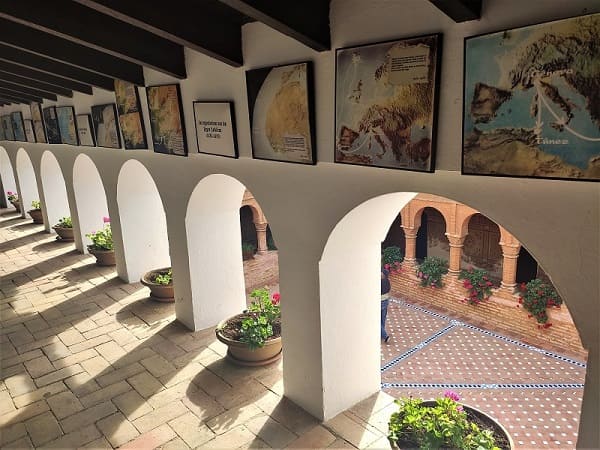
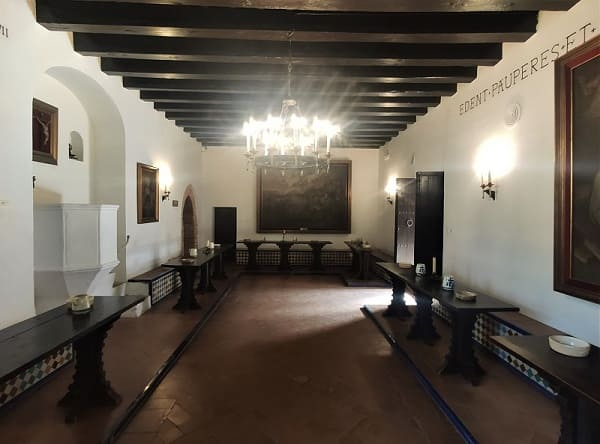
Also noteworthy is the library where there are objects of high historical value, among which is important a world map by Juan de la Cosa where the American coast appears for the first time, as well as the replicas of the caravels.
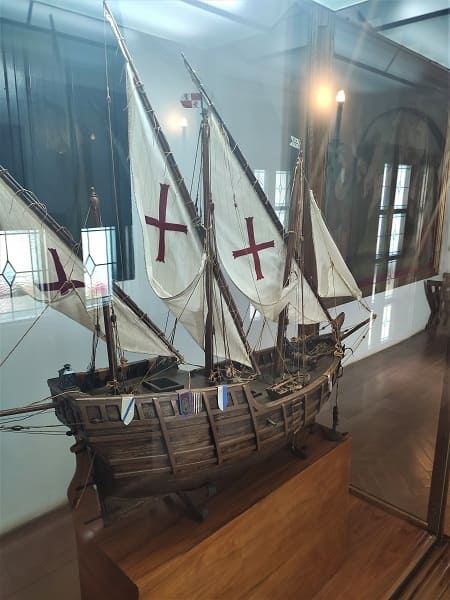
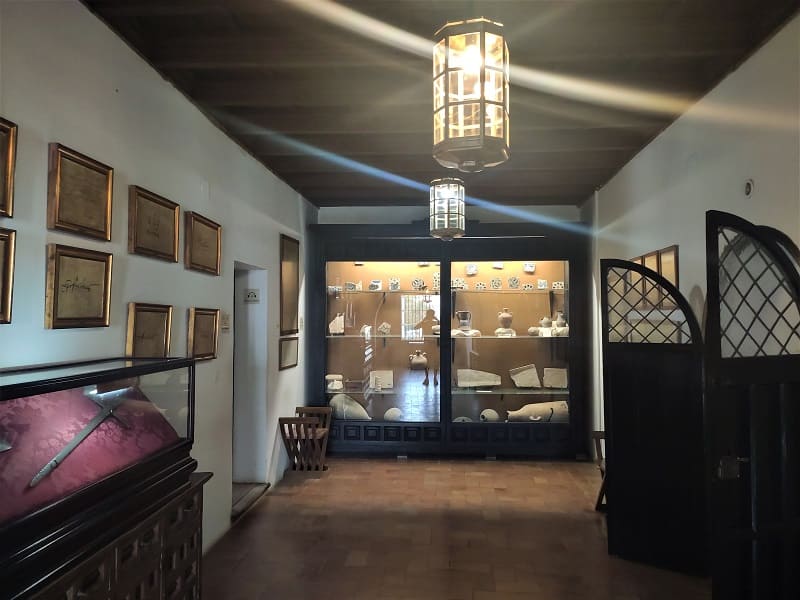
Then you would pass by the monument to the Discoverers where all the countries of America discovered by the Spanish are represented in tile mosaics on the floor.
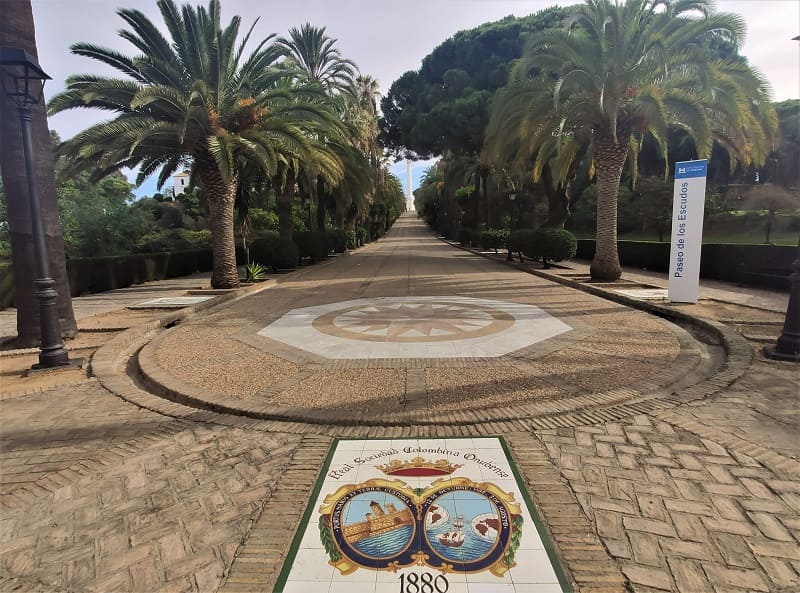
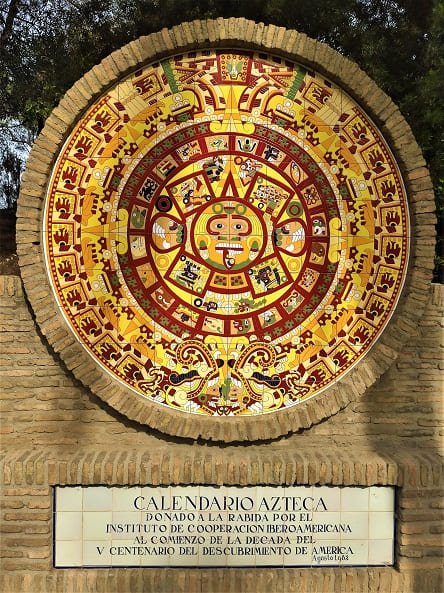
And finally you would arrive at the dock where the caravels are built in real size and you can go up and see some details. There is also a museum with everything that the sailors of that time carried, as well as where the trips that were made and where the crew came from are explained.
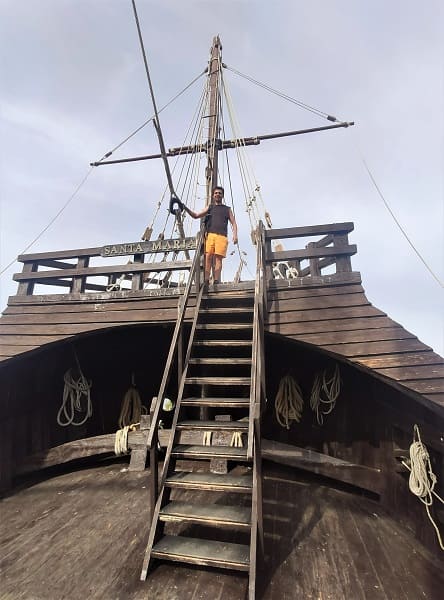
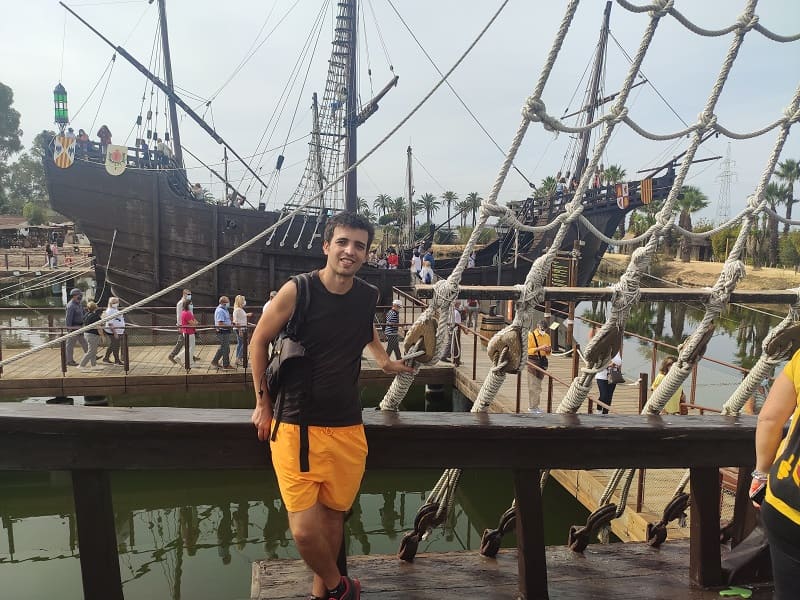
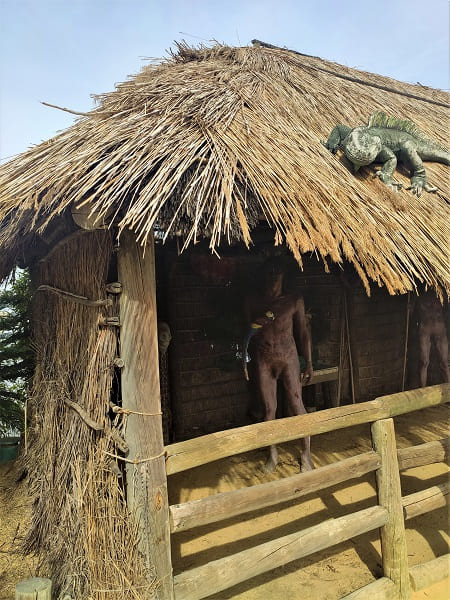
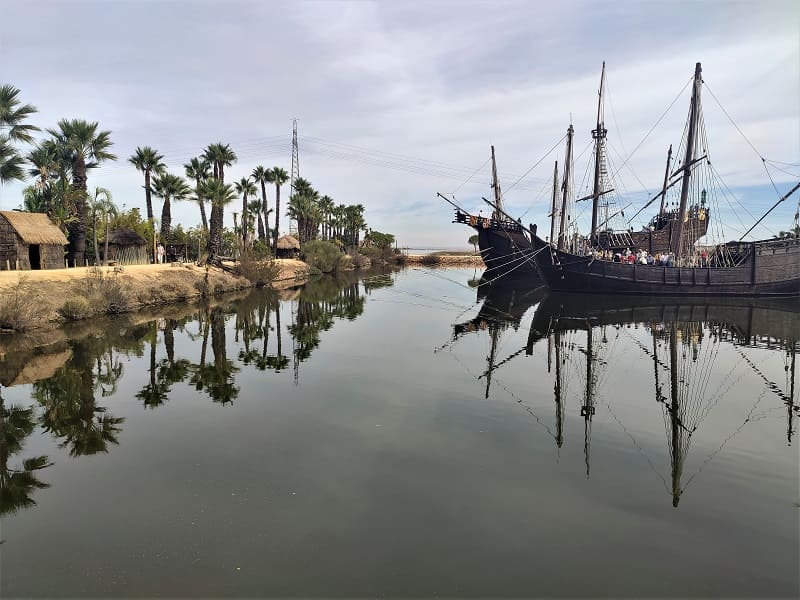
After seeing this, I would travel to see the towns in the area. I took the N442 road and went to Mazagon beach, one of the best in the province. There is the Parador de Huelva, and nearby the Doñana natural park.

102. El Rocío
102. El Rocío
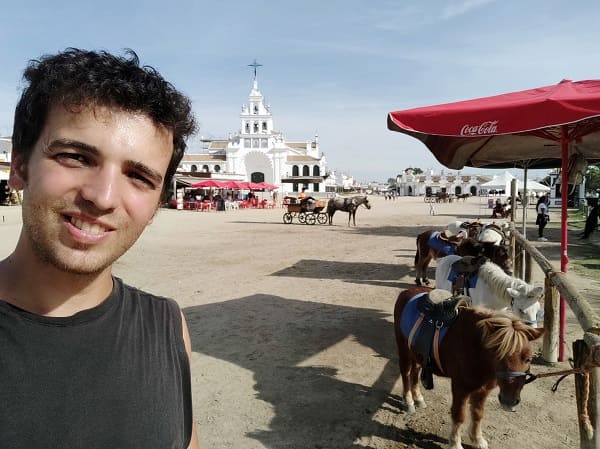
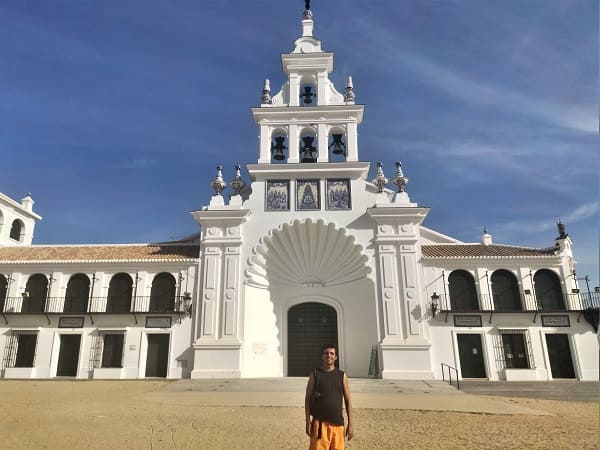
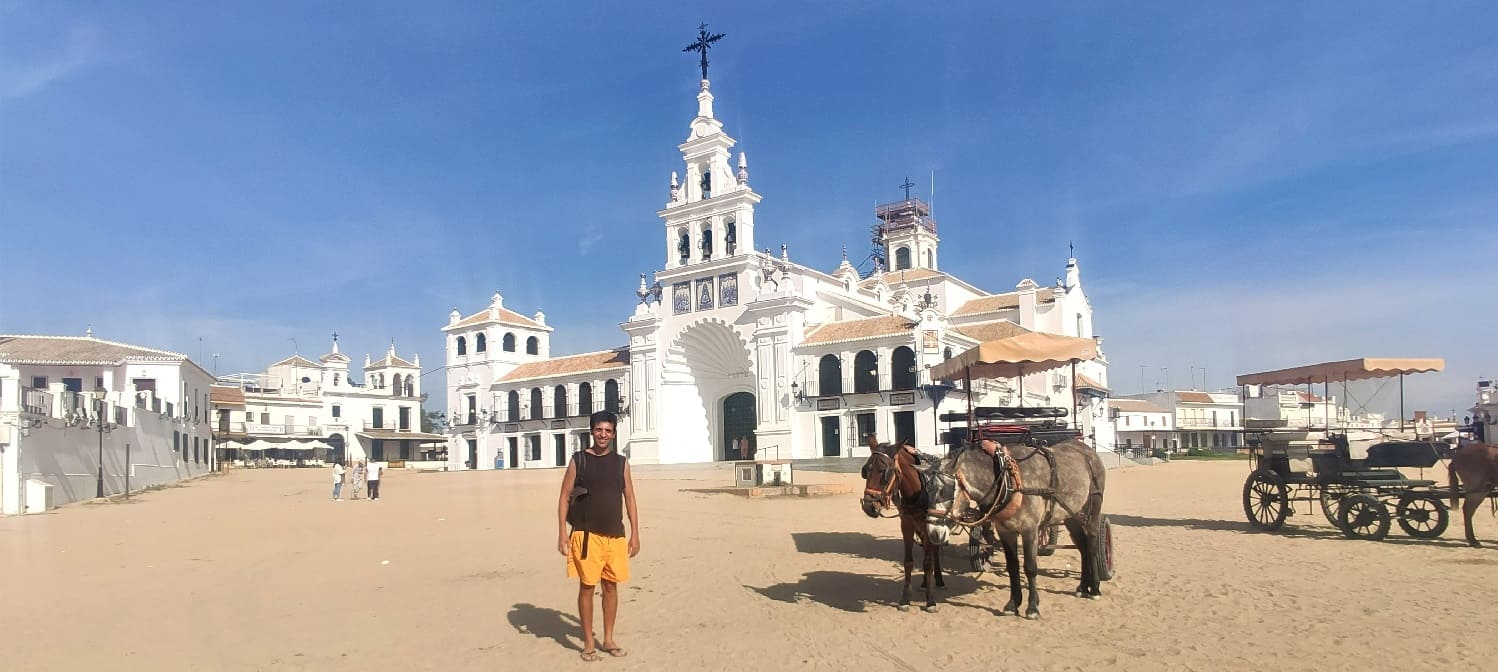
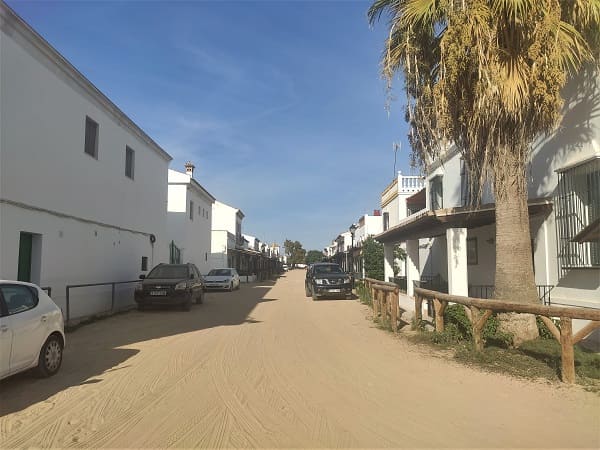
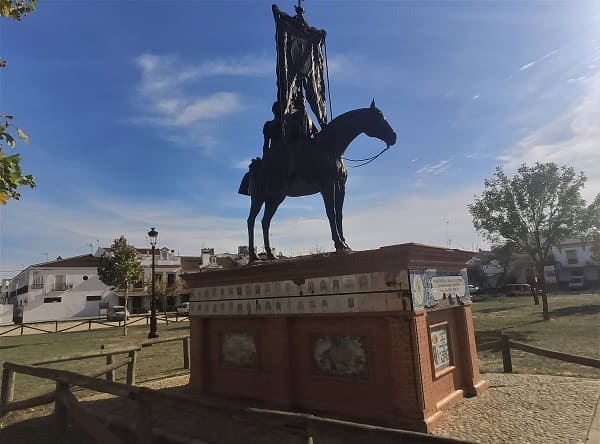
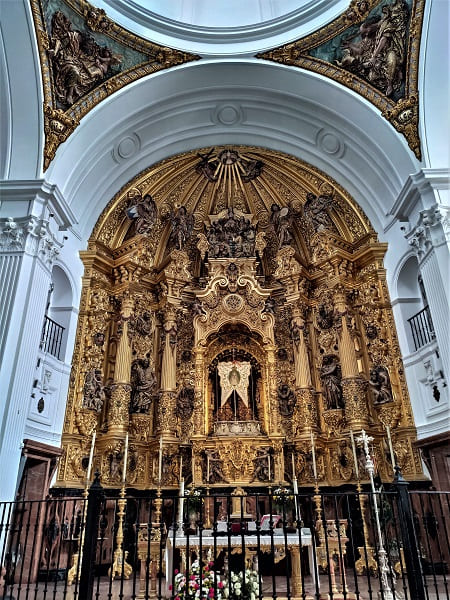
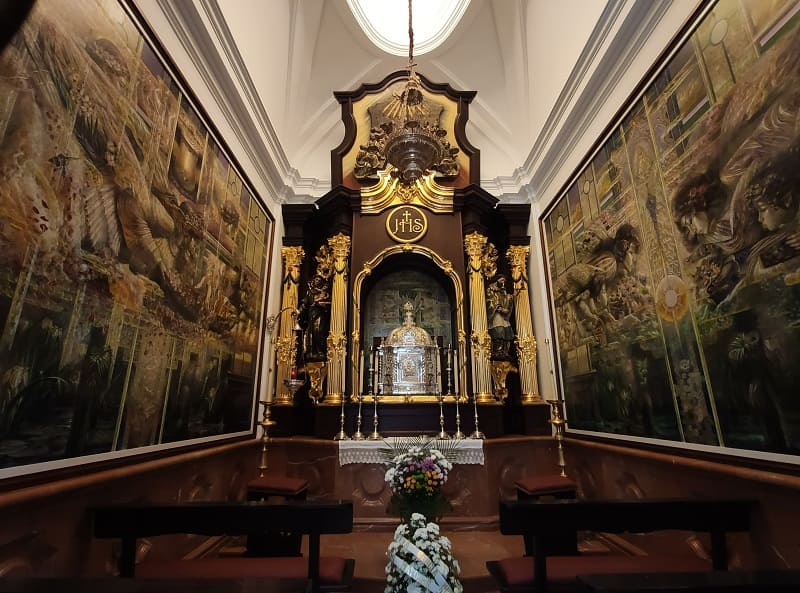
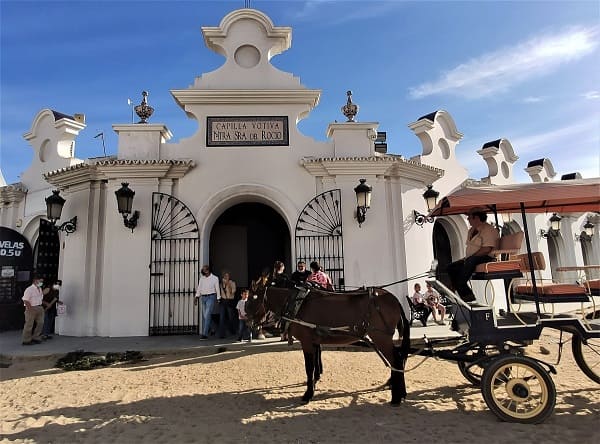
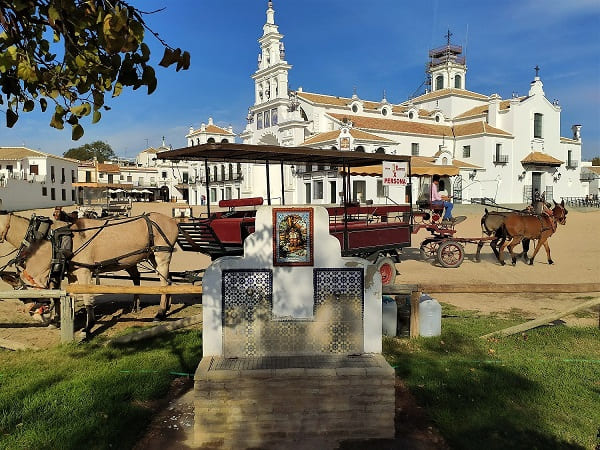
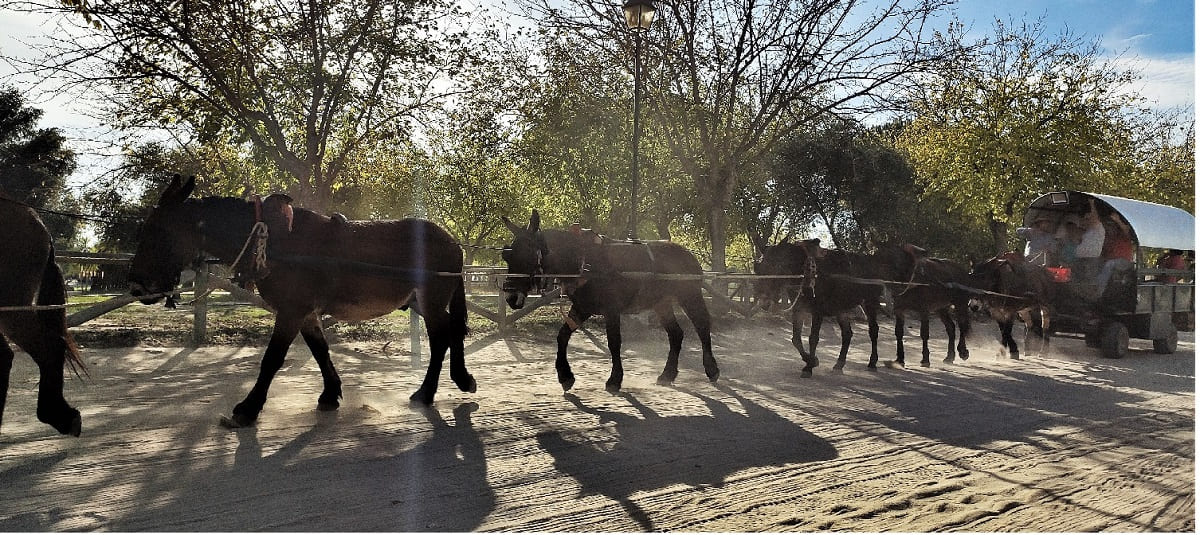


103. Almonte
103. Almonte
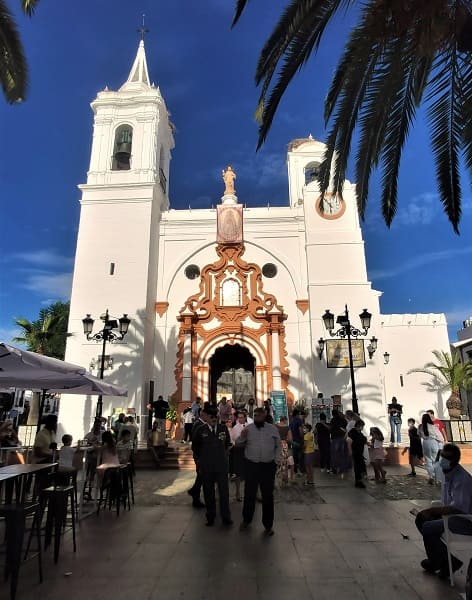
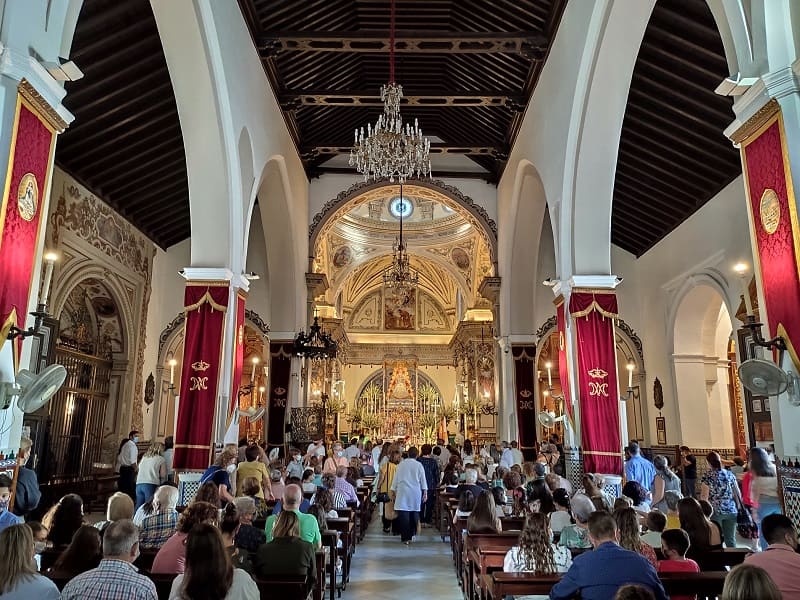
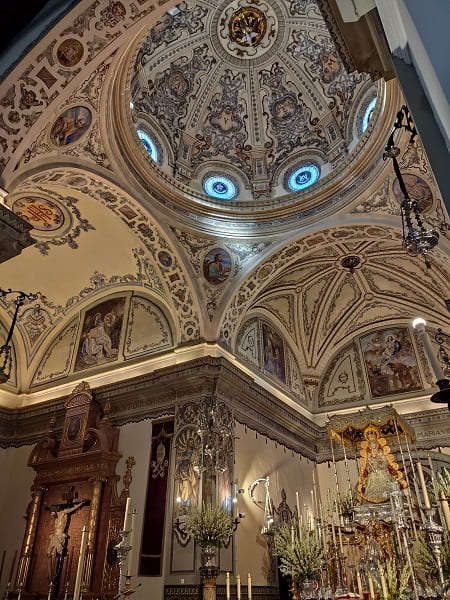
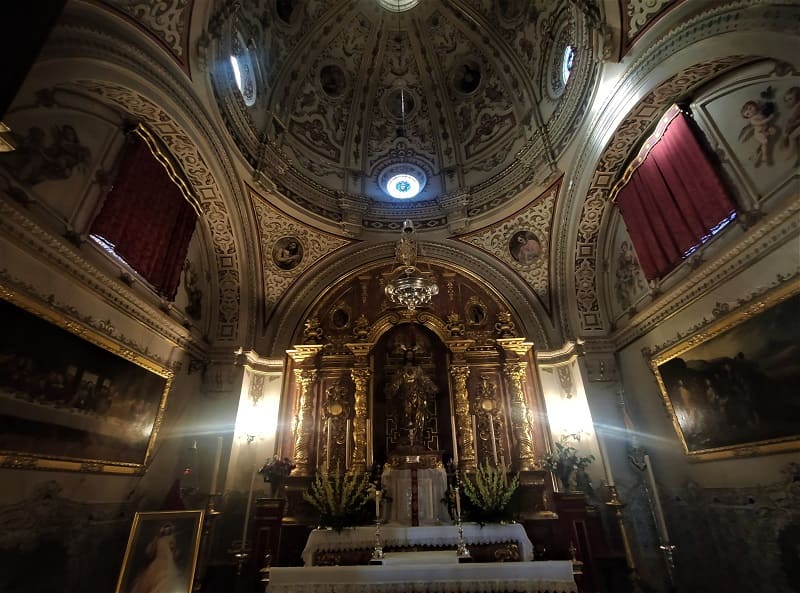
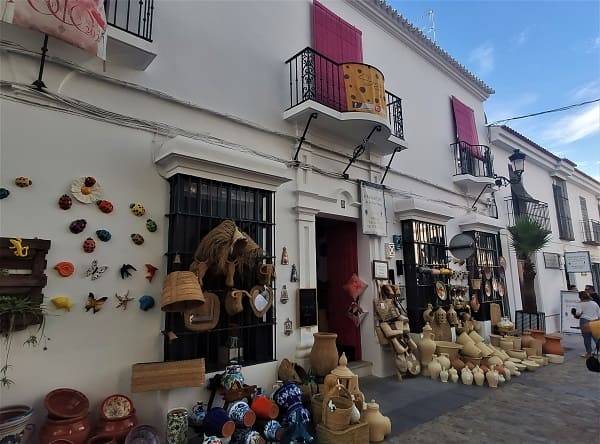
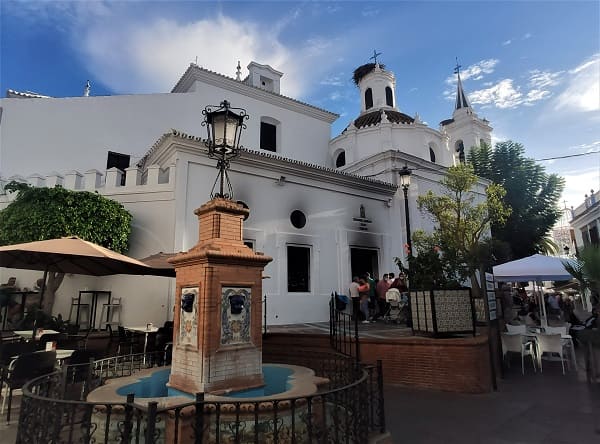
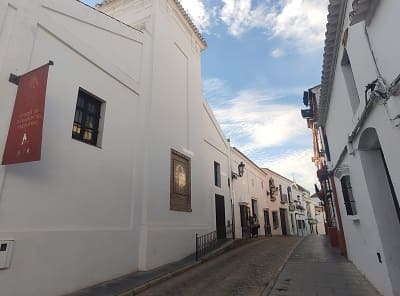
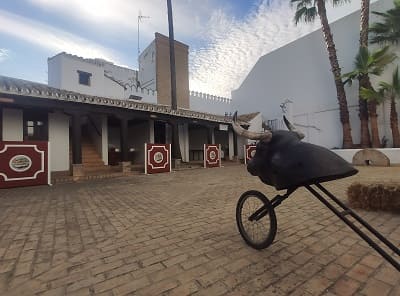
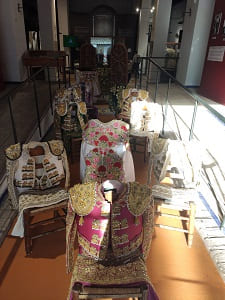
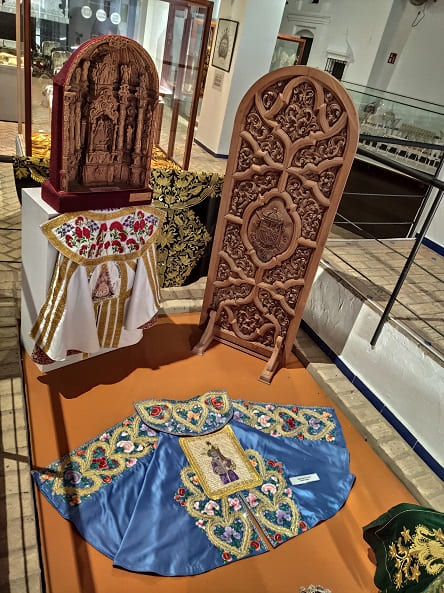
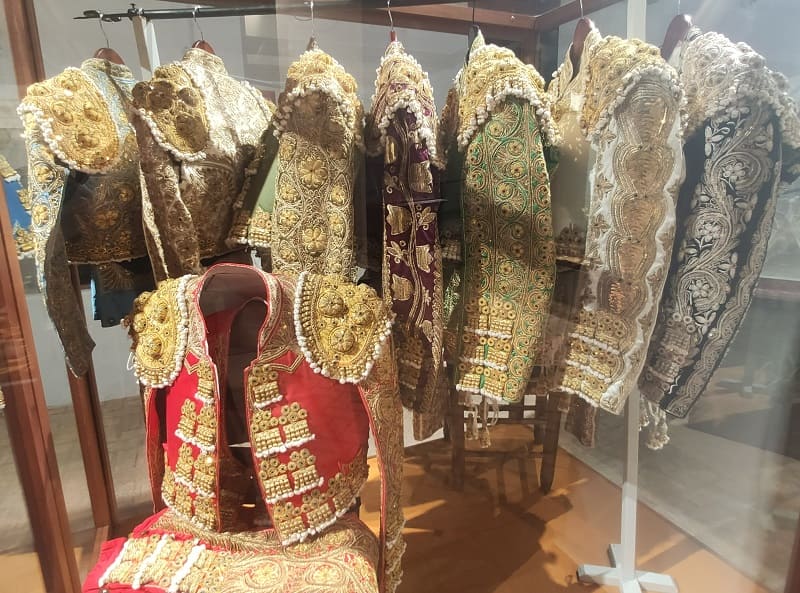
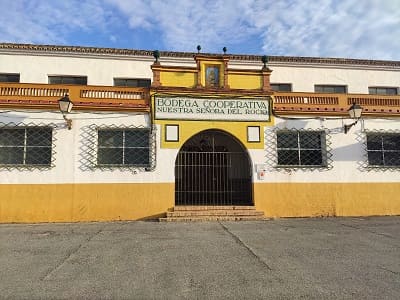
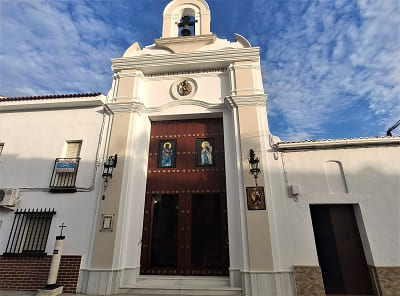
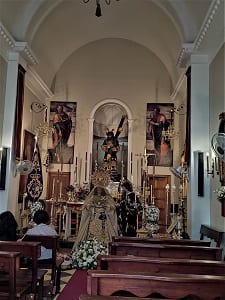
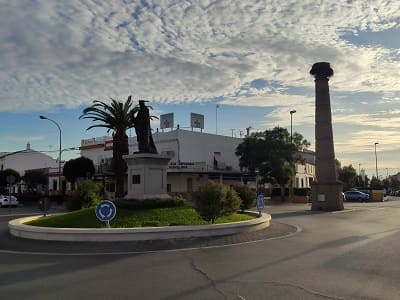


104. Niebla
104. Niebla
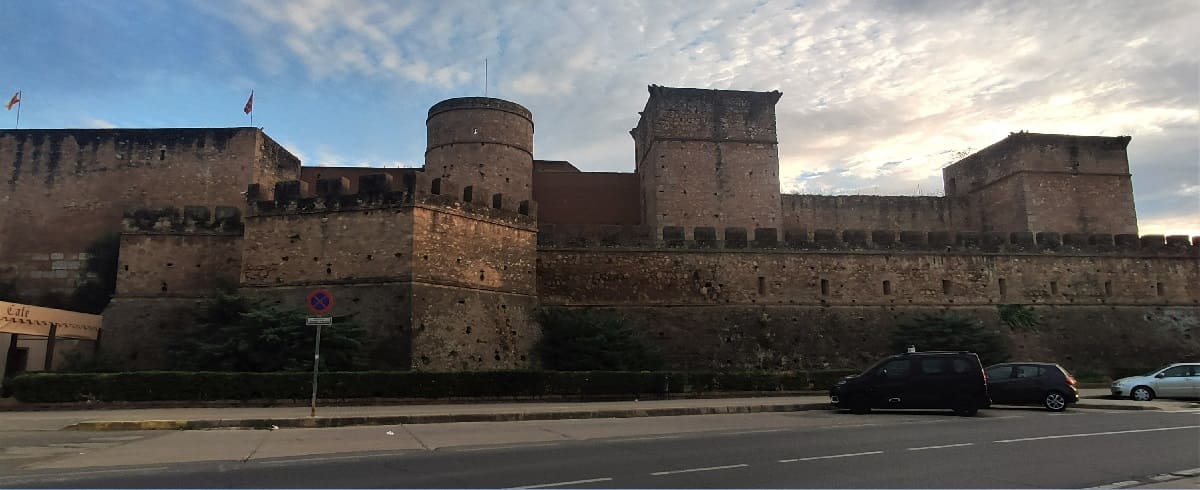
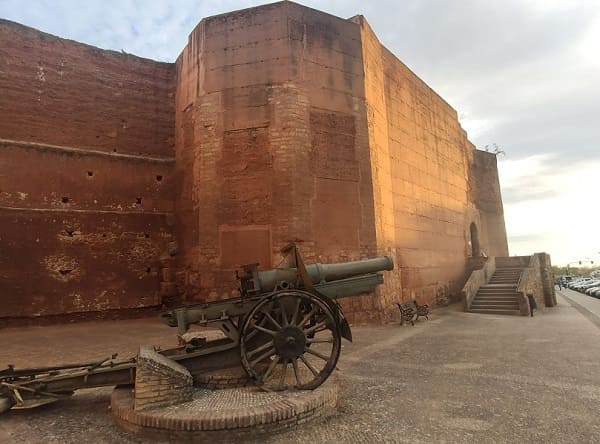
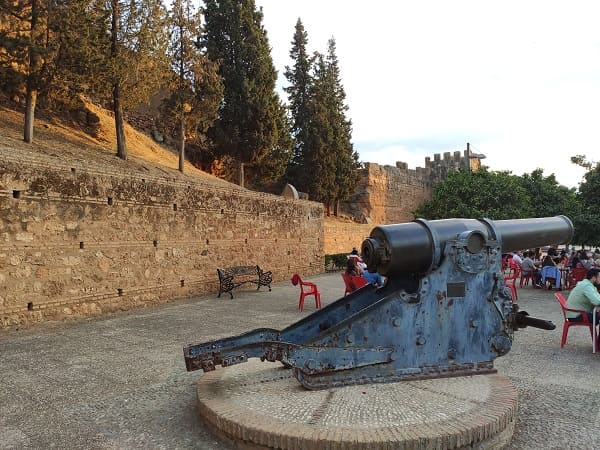
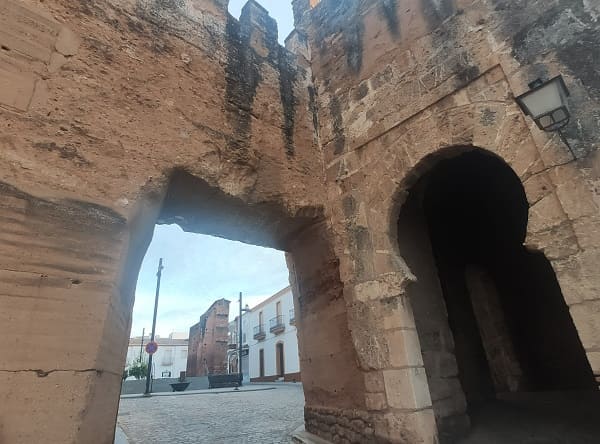
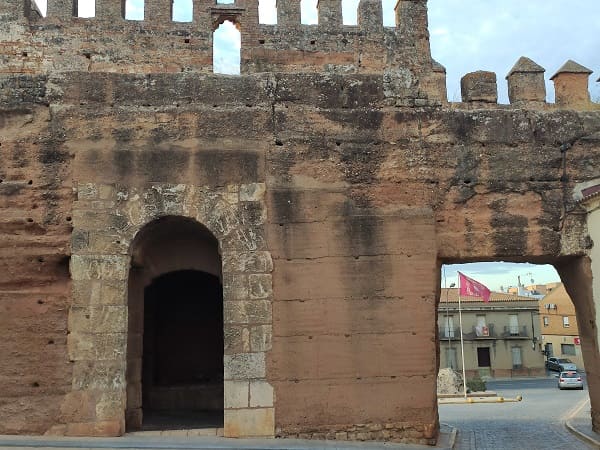
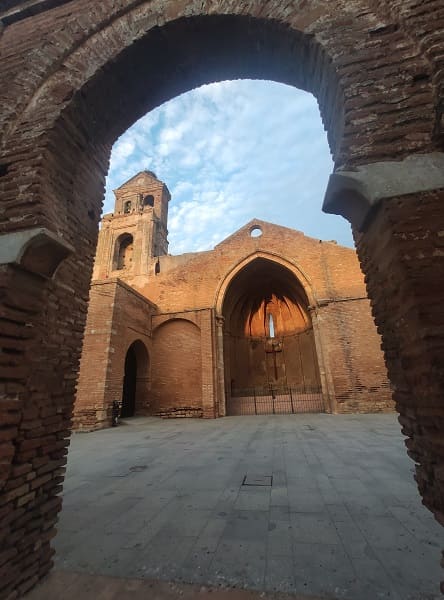
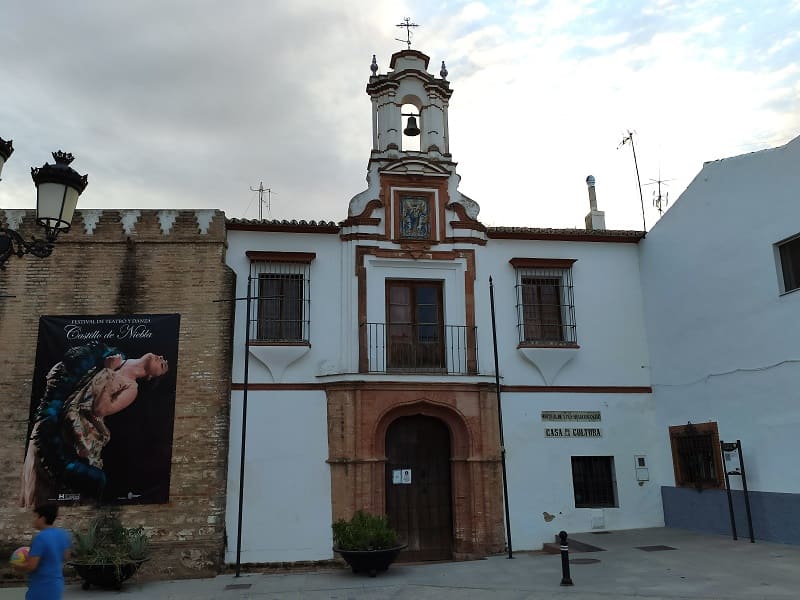
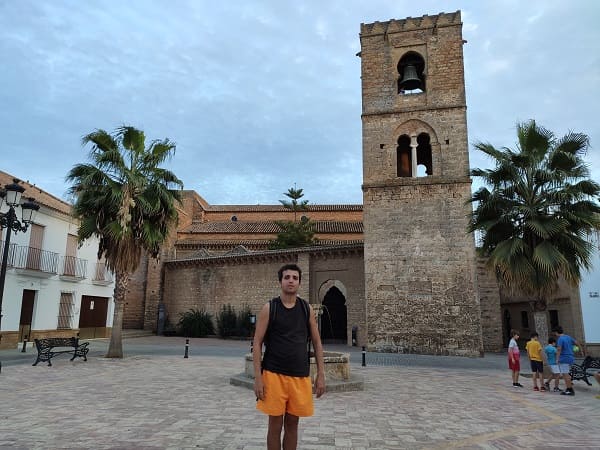
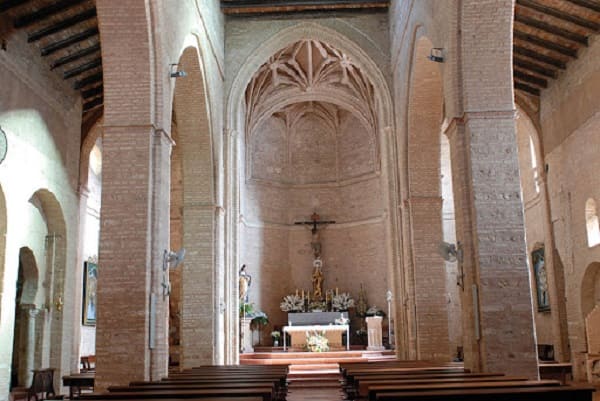


105. Moguer
105. Moguer
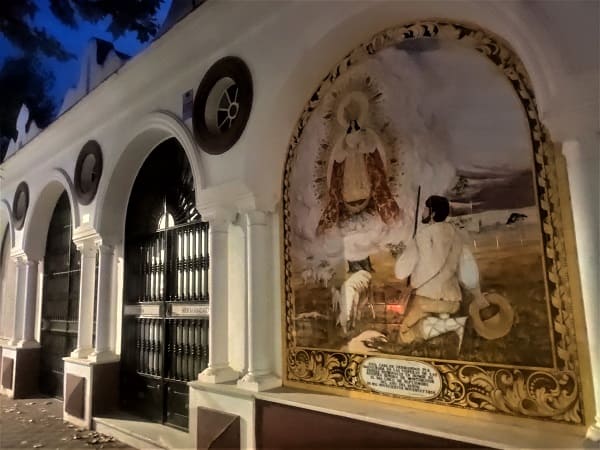
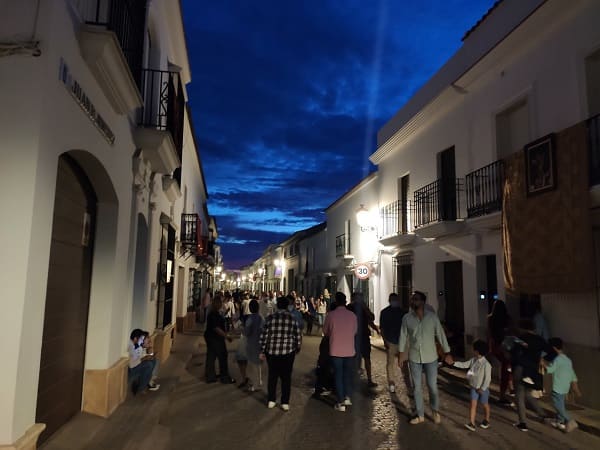
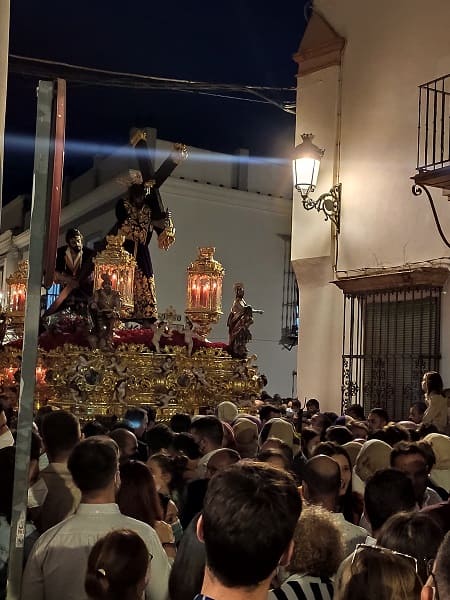
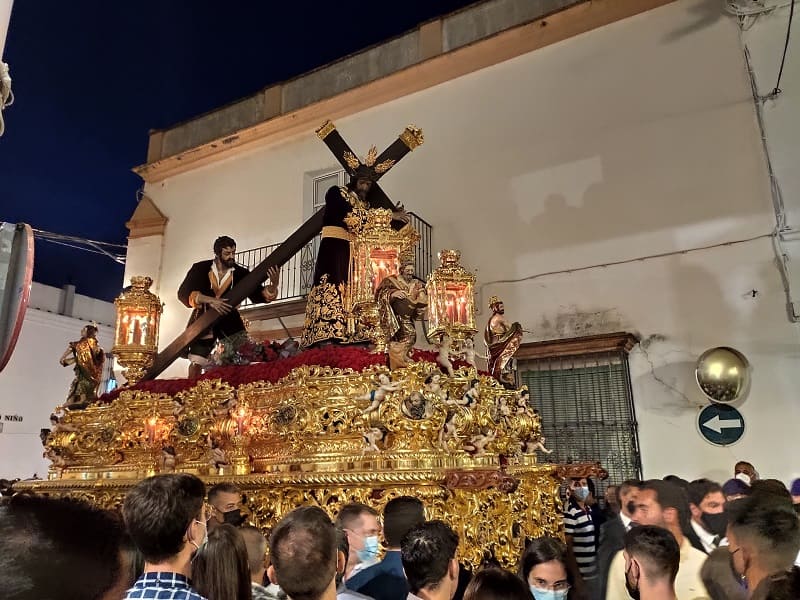
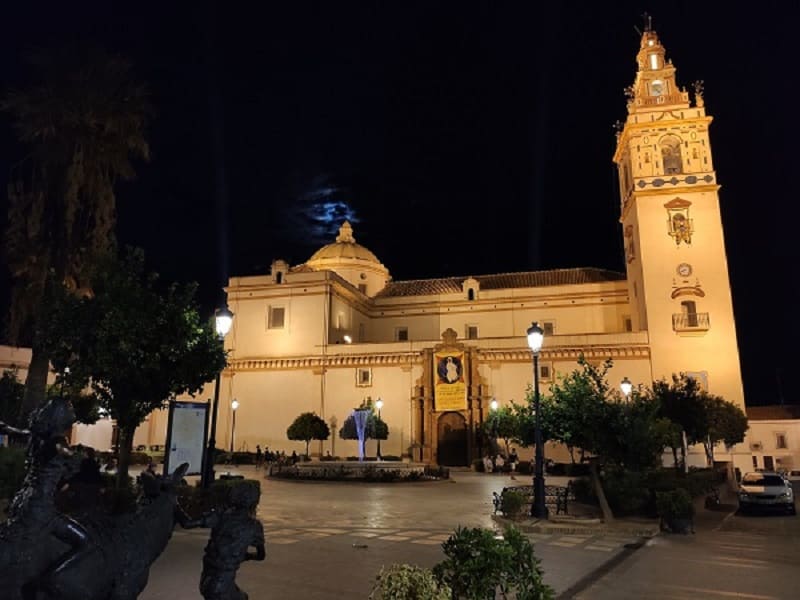
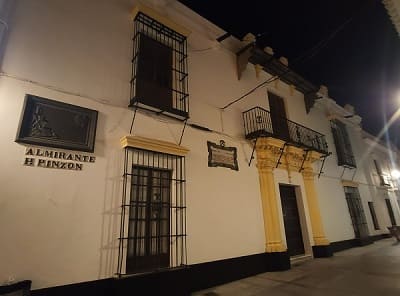
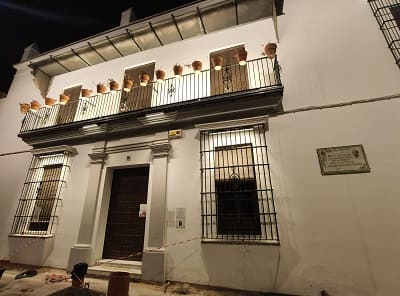
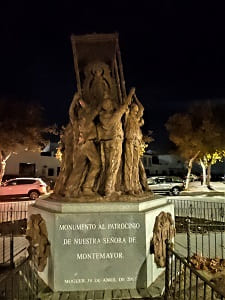
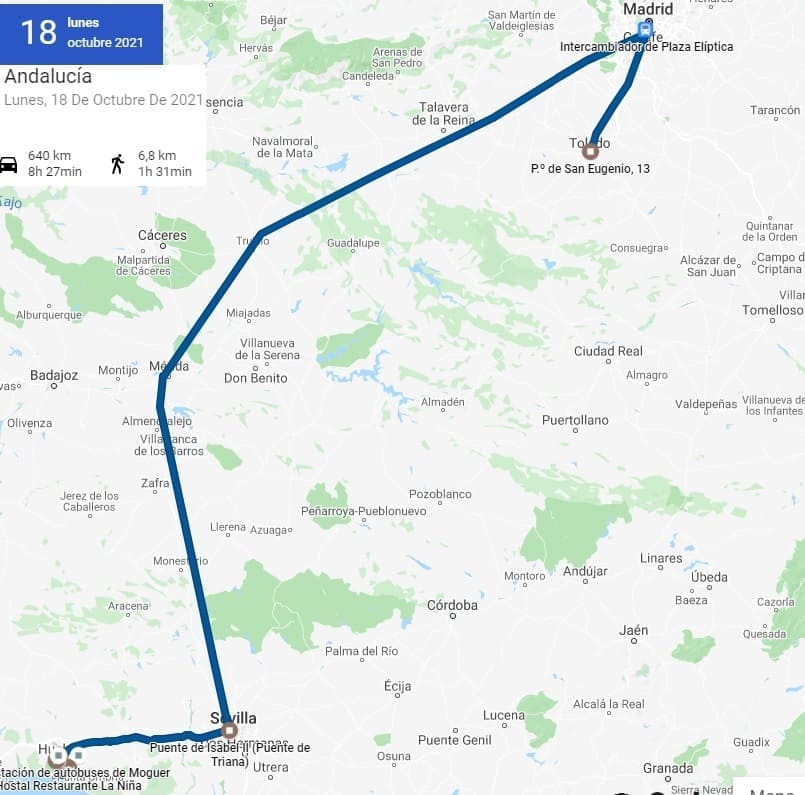
© 2016 - All Rights Reserved - Designed by Sergio López Martínez